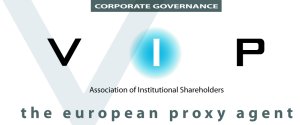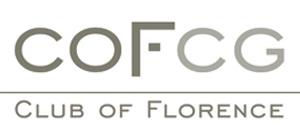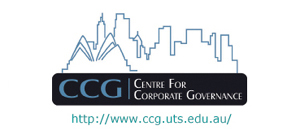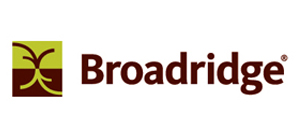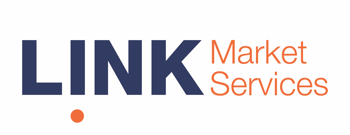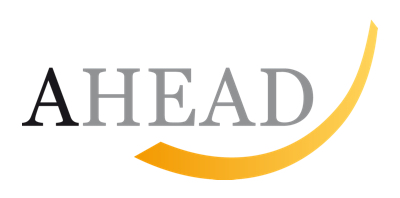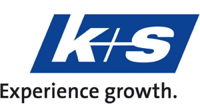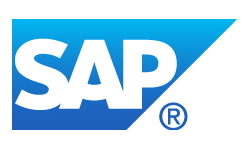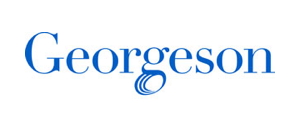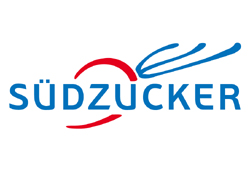VIPsight – Interview
“Having excessive financial resources leads to mistakes”
In conversation: Martin Reuter, founder, majority shareholder and Supervisory Board Chairman of PRIORIT AG, Hanau.
Reuter describes what the financing options for SMEs apart from the IPO are, and why his confidence in to the commercial banks as a long-term partner is shaken.
The SME PRIORIT AG (www.priorit.de) designs, manufactures and sells fire-protection products, fire-protection solutions, fire-protection housings, safety cabinets for storage of hazardous materials, fire-protection facilities, Inspection chambers and inspection doors and fire doors from its own production.
Priorit AG was founded in 2000. Did you toy with a possible IPO?
The choice of corporate form and the possibility of corporate financing through an IPO were considered – yes,we toyed with it. But was also clear to us that we first had to show some success, to convince new shareholders. But no later than 2001 we began to doubt the usefulness of an IPO.
What does that mean specifically?
It was a fallacy to believe that any expertise, market knowledge and organization needed could be bought in with the funds collected. Purchased knowledge and structures must be integrated into the company in order to be sustainable. If they are not integrated, they have no real value. This takes time and experience. Organizational structures need to form organically in large part, to “anchor” them in the minds of employees.
Even without an IPO, with total assets of around €15 million you have an equity ratio of around 60 percent. How has your equity ratio developed in recent years?
The development of Priorit AG was characterized at each step – own sales, own production, own assembly – by the equity ratio falling sharply with the necessary investment within the step. It was lowest in 2007-8 at approximately twelve percent, after the establishment of our own production. We knew that before the next step we always had to strengthen our credit – and thus the equity ratio. In particular, the banking crisis of 2009 reinforced the awareness that dependence on borrowing at low creditworthiness, I.e. equity ratio, can be “life-threatening” even for a healthy company.
What is your current financing structure?
Our goal is by 2015 to have long-term debt only in the form of loans from the KfW (Reconstruction Loan Corporation), with a corresponding amount of our own cash. In practical terms, our financial plan is to have capital investments of 4.3 million euros by the end of 2015. Essentially, these are investments in buildings and machinery to increase production capacity and efficiency. We want to get nearly four million euros as new loans at low rates with a maturity of ten years, as a KfW loan.
With a planned cash flow of €4.9 million by 2015, €4.5 million in cash will then be beside 4.5 million euros in a KfW loan. Our plans provide for us to “swim free” of the banks. This means that we want greater investment lift without further borrowing in the future. This will give us the opportunity to ride out crisis situations. It is a comfortable situation to have the capacity to replace all loans at any time through available means.
How has your relationship with the banks changed in recent years?
If as an entrepreneur you experience how the criteria for awarding refinancing can change in a day, then you are – to put it mildly – disillusioned. I believe that this could happen again at any time in the next crisis – you can even read that in the banks' terms and conditions. I do not want to take that risk again.
Doesn’t the low-interest rate debt tempt you to the traditional bank loan?
Yes, of course. Companies are well advised to take the long-term loans now. But do not make yourself dependent on banks, with a view to later follow-up financing.
How would you finance major projects currently?
For SMEs, there is in my opinion a clear recommendation: KfW funds. With good credit, interest rates of two percent per year are possible even with longer durations. No alternative we know approaches these conditions. KfW also appears to us – even as a house bank – to be a safer contractual partner than a traditional private bank. We use new ten-year KfW loans for expansion. pay about two percent interest and thus keep the remaining cash “stock” free to distribute on money-market accounts. The negative difference between debt and credit interest rates we see as an insurance premium. It is worth our independence to us.
What capital structure are you aiming for in the future?
We want to remain as independent as possible of the policies and possible mistakes of the banks. If there are good chances of increasing the return on equity sustainably by investing, we will use them. An equity ratio of never below 70 percent is our goal, however. We know that we are thus at a rate about twice as high as generally considered to be ideal in relation to the achievable return on equity. Our aim, however, is long-term and secure growth. A possible high profit through investments by borrowing is not tempting for us, given high overall risk.

